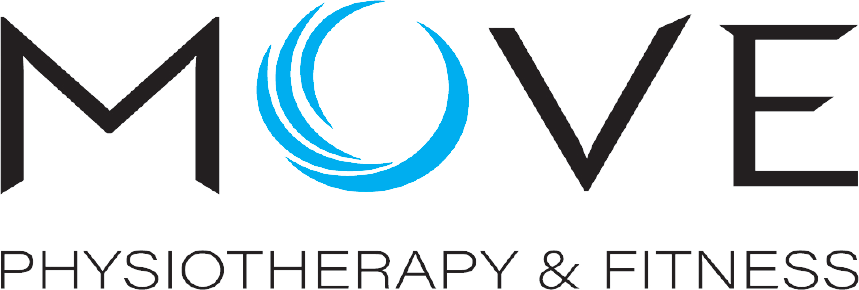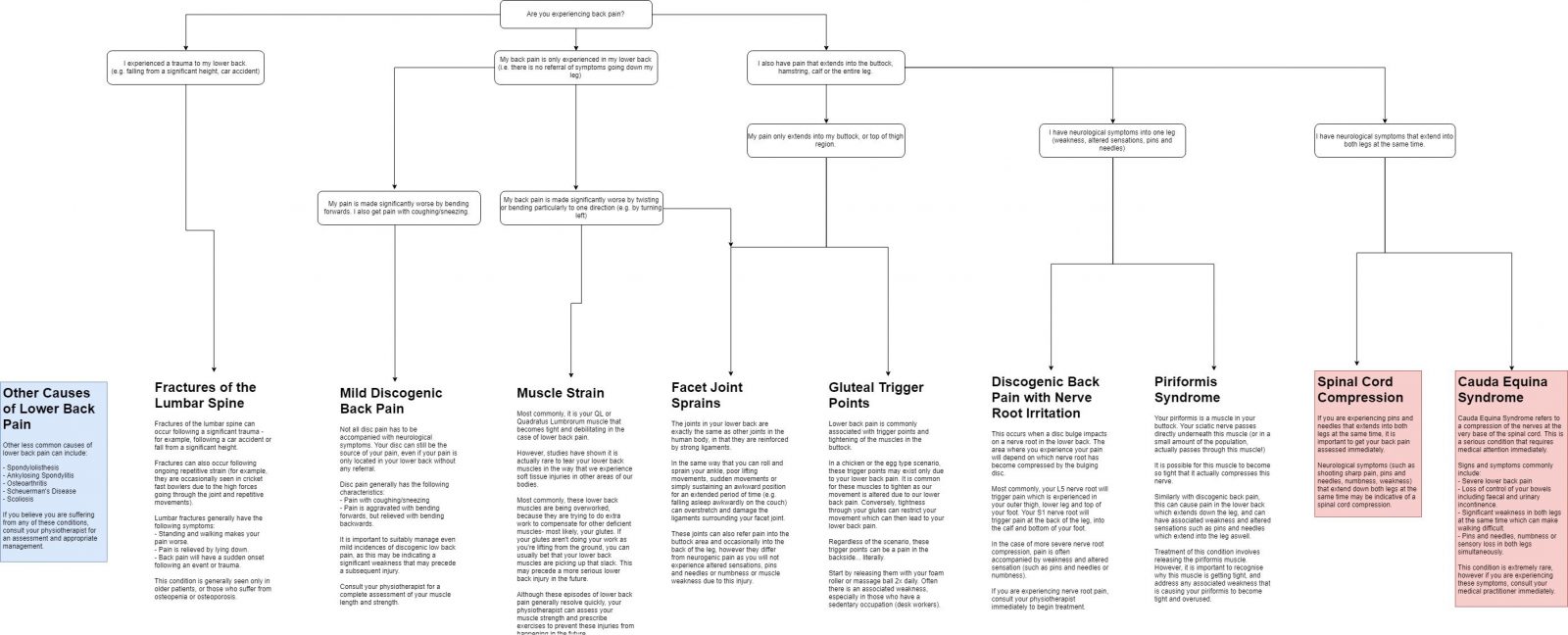Physiotherapy for Lower Back Pain
If you’re struggling with back pain, we understand how debilitating and frustrating it can be. Whether it’s a sudden sharp pain, ongoing stiffness, or discomfort that worsens with movement, our expert physiotherapists at Move Physiotherapy can provide an accurate diagnosis and start you on your path to wellness.
For those with acute, short-term back pain, we combine hands-on treatment, movement education, and targeted exercises to help you feel better from your very first session. Through joint mobilisation, soft tissue therapy, and guided movement strategies, we can quickly reduce pain and restore function.
For those with long-term, persistent back pain, we focus on building strength and resilience in the lower back and surrounding muscles to prevent future strain. By strengthening the core, glutes, and spinal stabilizers, we help offload the spine, reducing stress on painful structures and improving your overall movement and function.
If back pain is affecting your daily life, don’t wait for it to get worse. We have three convenient locations in Booragoon, East Fremantle and Beeliar.
Understanding Back Pain: Causes and Diagnosis
Back pain can develop for many reasons, including injuries, overuse, and lifestyle habits. However, one of the biggest contributors is lack of movement. As modern life becomes more chair-based, with increasing screen time both at work and home, we are moving less than ever before. Unfortunately, our bodies aren’t designed for prolonged inactivity, and over time, this leads to stiffness, weakness, and eventually, pain.
A sedentary lifestyle has led to widespread muscle deconditioning, with today’s generations generally weaker than those before. It’s no surprise that back pain and dysfunction are becoming more common as we move less. When the muscles that support the back—such as the core, glutes, and deep spinal stabilizers—aren’t engaged regularly, they weaken. As a result, the passive structures of the lower back, like the joints and discs, are forced to absorb more strain, increasing the risk of pain, stiffness, and injury.
To help you better understand the potential structures involved in your back pain, we have created a flowchart below. However, this does not replace the need for a comprehensive physiotherapy assessment, where our expert team can identify the root cause of your pain and direct your treatment toward the most effective intervention.
It is important that if you are experiencing neurological symptoms that extend into both legs, such as pins and needles, numbness, or weakness, you seek immediate assessment from a physiotherapist or medical practitioner, as these could be signs of a more serious underlying condition.
At Move Physiotherapy, we take a comprehensive approach to diagnosing back pain. Your assessment will begin with a detailed discussion about your symptoms, daily activities, and movement habits. We will then conduct a physical examination to assess your mobility, strength and posture. Hands-on testing helps us identify areas of irritation, weakness, or dysfunction, allowing us to develop an effective treatment plan. If necessary, we may also refer you for imaging, such as X-rays or MRIs, to rule out serious conditions.
How We Treat Back Pain at Move Physiotherapy
At Move Physiotherapy, we take a structured, evidence-based approach to back pain treatment. In cases of acute pain, our initial focus is on relieving discomfort and calming irritated structures. Once the pain has settled, we shift our focus towards building strength and resilience to prevent future issues.
Phase 1: Calm It Down – When pain is present, the first priority is to reduce irritation and restore movement. This is achieved through a combination of hands-on techniques, which help to relax tight muscles, improve joint mobility, and ease discomfort. Depending on your condition, treatment may include massage and soft tissue release to relieve muscle tension, joint mobilisations to restore movement, and dry needling to address muscular tightness and nerve-related pain. We also incorporate gentle movement strategies to encourage safe, pain-free mobility and prevent further stiffness. By settling down aggravated structures early, we can create the foundation for long-term recovery.
Phase 2: Build It Back Up – Once pain has eased, treatment shifts towards strengthening the muscles that support your lower back. This stage is crucial for preventing future strain and reducing the risk of reinjury. By improving strength and endurance in key areas such as the core, glutes, and spinal stabilizers, we help offload pressure from the spine, allowing it to function more efficiently. Treatment will include targeted strengthening exercises to reinforce these muscles, mobility and control training to ensure proper movement patterns, and gradual loading strategies to build durability in a safe and progressive way. We also incorporate functional rehabilitation, tailoring exercises to your daily activities, sport, or work demands to ensure long-term success.
Whether you’re experiencing acute pain or long-term discomfort, our team at Move Physiotherapy is here to guide you through every step of recovery. By focusing on calming the pain and strengthening your body, we don’t just help you recover—we help you stay pain-free.

